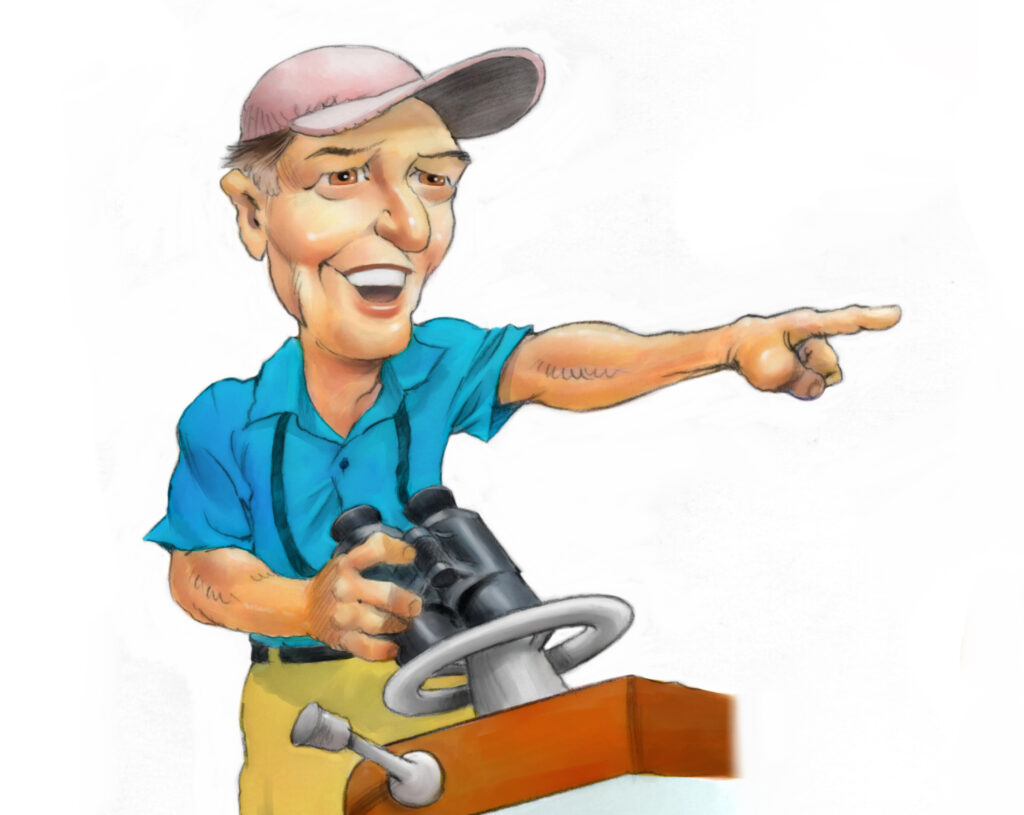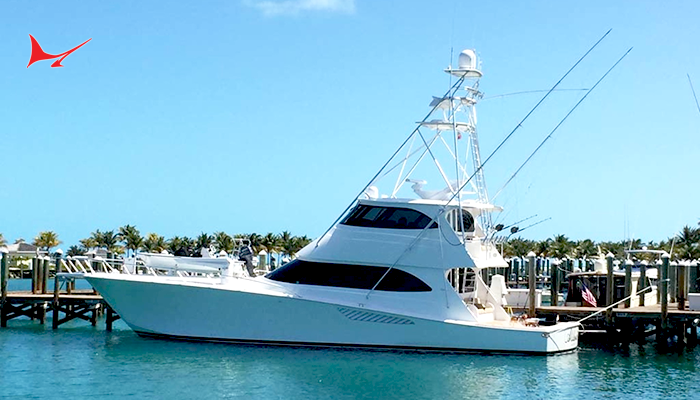The Revolutionary Impact of Seakeeper Gyrostabilizers
Seakeeper gyrostabilizers have revolutionized the boating industry. The story of their benefits for avid boaters and marine enthusiasts has been widely told. However, understanding how they are made and precisely how they function is as fascinating as the stability they provide.
Table of Contents
The Basic Mechanics of Seakeeper’s Technology
At its core, a Seakeeper works by creating torque through the rapid spinning of a flywheel within its housing. This generated torque is transferred to the boat’s hull, countering the rolling motion caused by wave action.
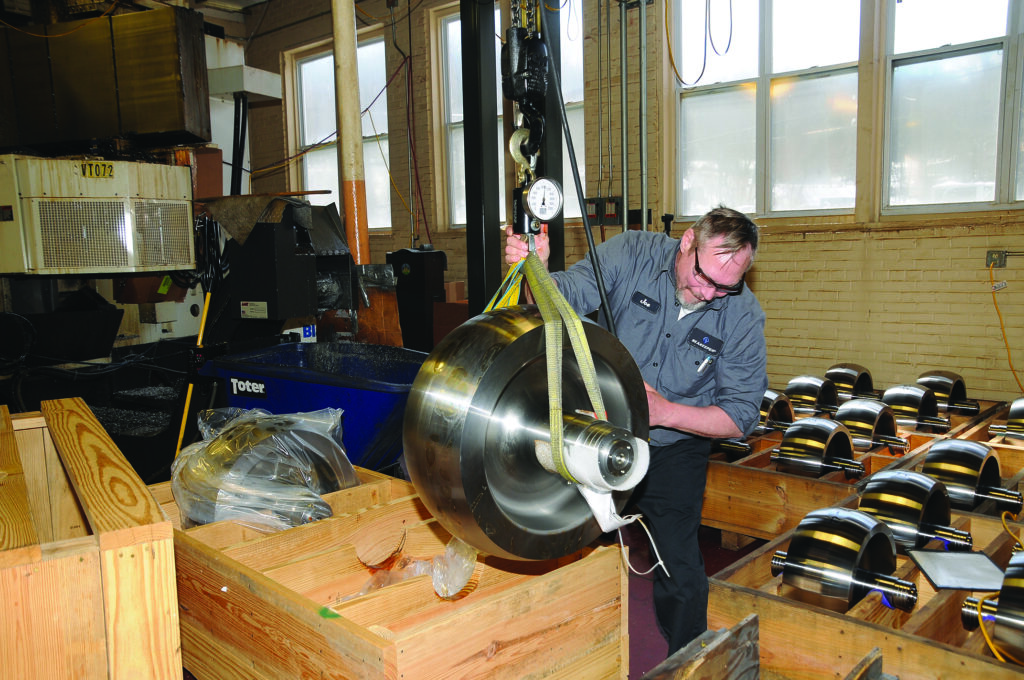
In-depth Look: How Seakeepers Work
Andrew Semprevivo, Seakeeper’s Chief Operating Officer, sheds light on the gyrostabilizer’s role in reducing boat roll. “A gyroscopic roll stabilizer is a counterintuitive yet magical technology. Something small and quiet within the hull makes a significant impact,” he explains, delving into the operational dynamics of the system.
Historical Context and Evolution
The concept, dating back to 1905, features in historical images of ships with massive gyros. Although the technology fluctuated in popularity within the shipping industry due to its size and weight, the underlying principles remain unchanged.
Understanding the Seakeeper’s Components
A Seakeeper comprises a heavy flywheel, spinning horizontally at high speeds within a spherical housing. The secret lies in the torque generated by this rapid spin, utilizing angular momentum – the gyroscope’s equivalent to an engine’s horsepower.

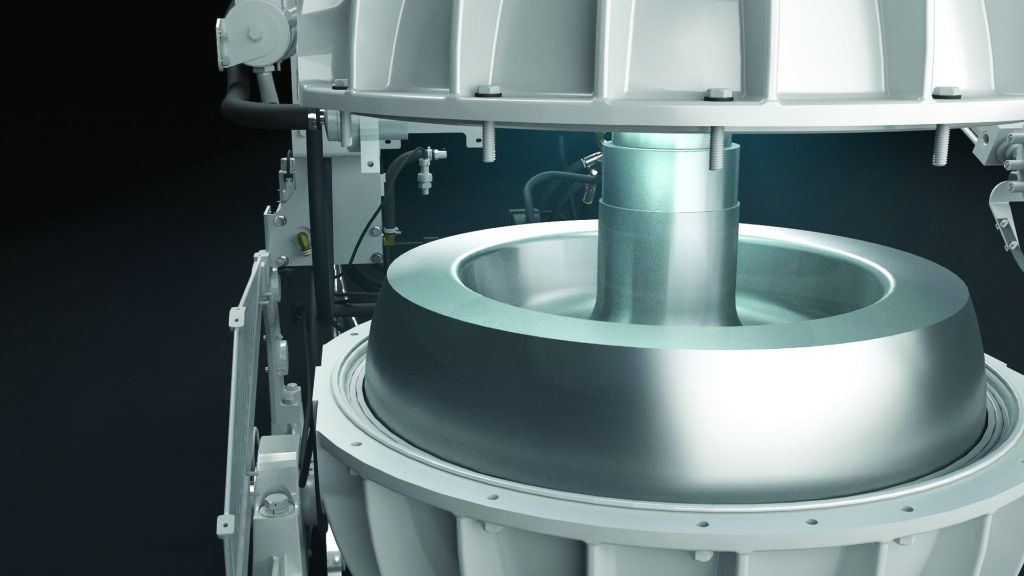
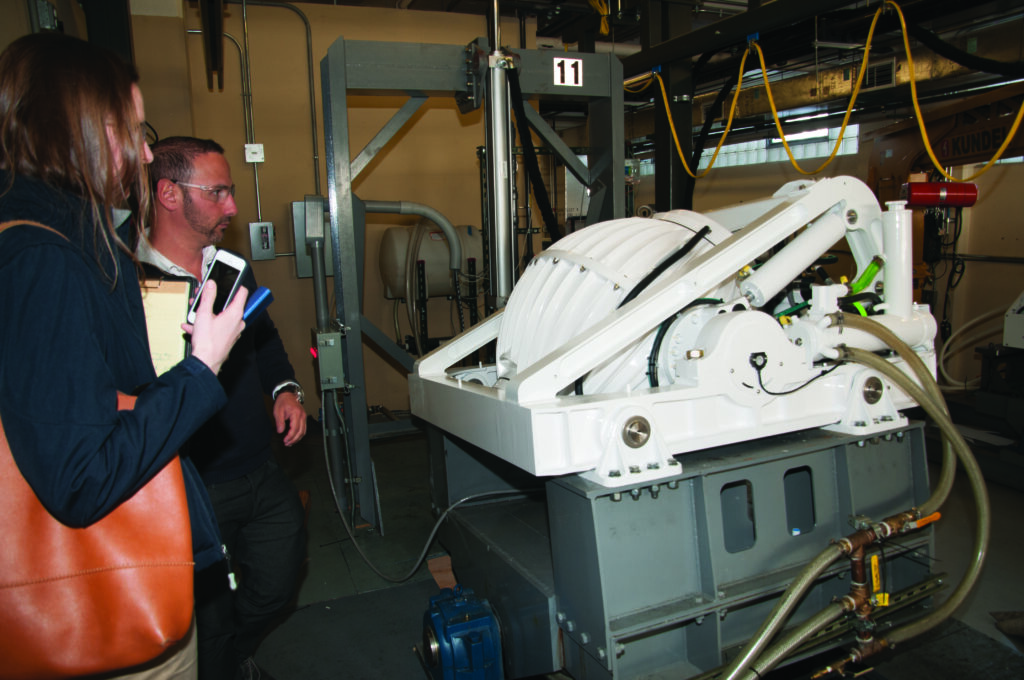
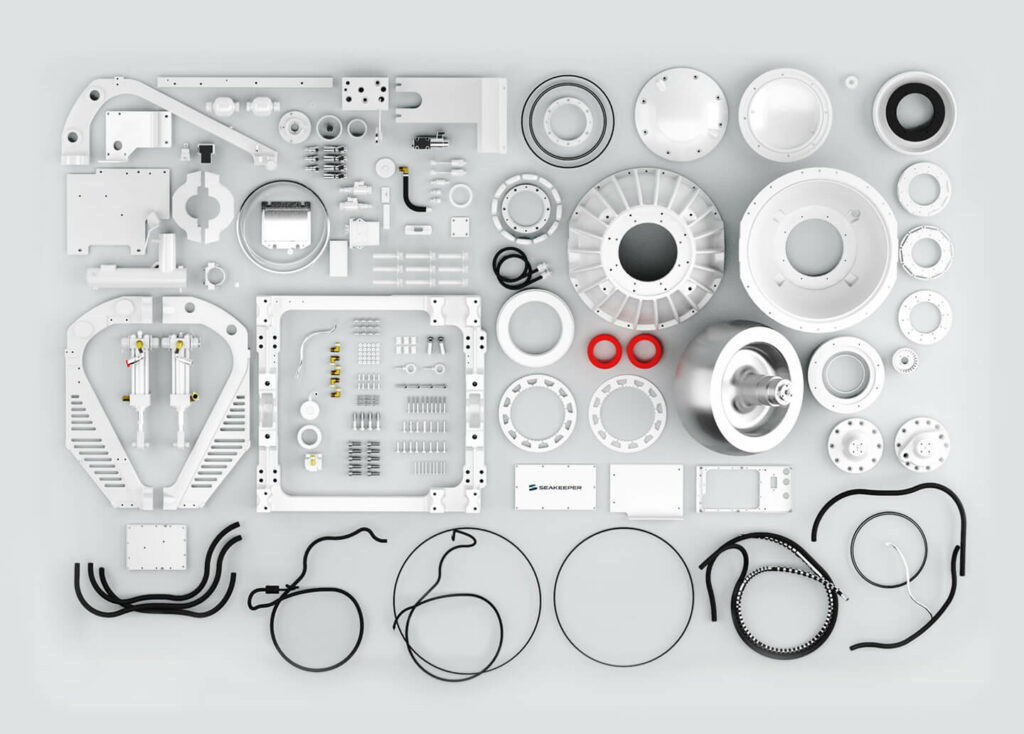
Physics Behind the Functionality
Seakeeper’s active control system intelligently counters the sinusoidal forces exerted by ocean waves. By precisely applying torque over a period of three to seven seconds, it effectively impedes the boat’s rolling motion.
Applying Torque to Counter Wave Action
The flywheel’s tilting motion generates torque, which is applied along the boat’s transverse axis to dampen movement. This process, akin to experiencing a toy gyroscope’s precession, is key to maintaining stability.
Sophisticated Control Systems
Seakeeper’s advanced active control system integrates motion sensors with a computer module, optimizing the gyro’s precession to match the boat’s roll rate, thereby maximizing stability in all sea conditions.
Manufacturing Excellence: Crafting a Seakeeper
The manufacturing process of a Seakeeper mirrors the precision found in the aerospace industry. The flywheel, the heart of the unit, is machined from a single steel forging to incredibly tight tolerances, necessitating a controlled environment for absolute precision.
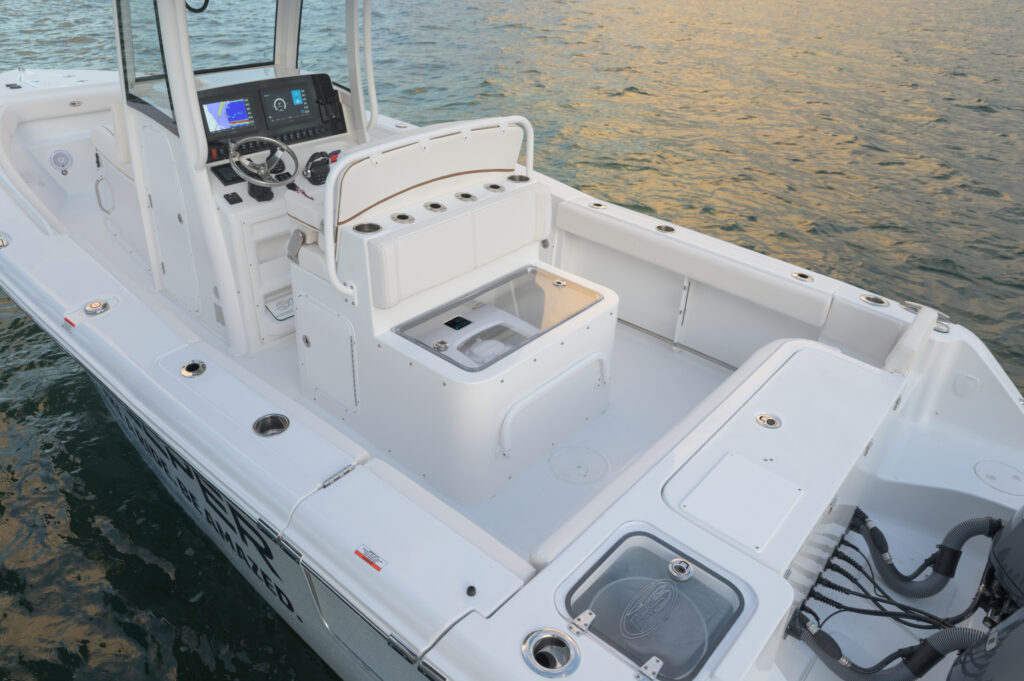
Assembly and Quality Control
From the initial machining to the final assembly, every stage is meticulously managed in-house to maintain critical tolerances and ensure top-notch quality. The completed units undergo extensive quality control tests, simulating real-world conditions to guarantee their effectiveness.
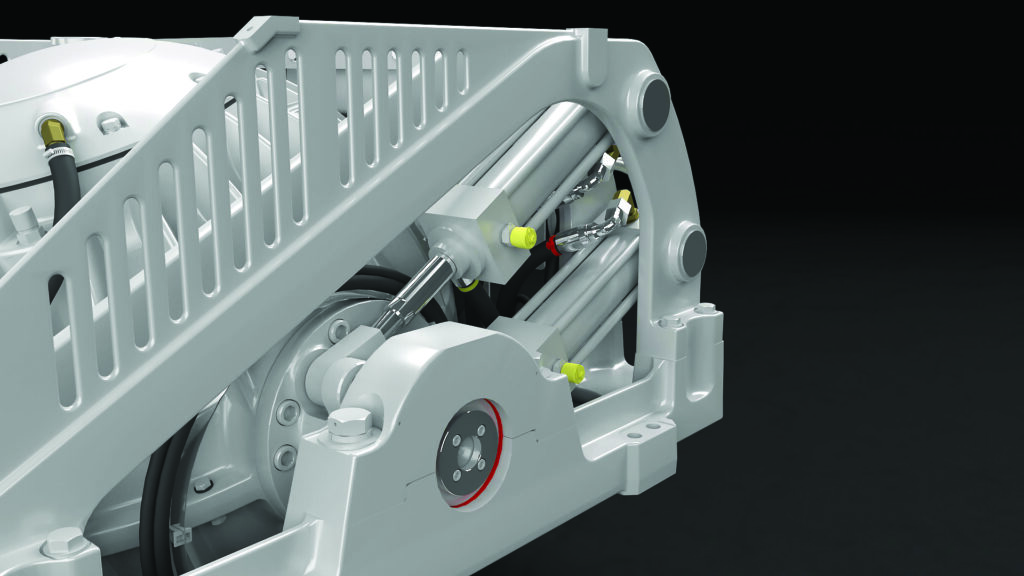

The Seakeeper Range: Expanding Options for Stabilization
Seakeeper now offers twelve models catering to boats ranging from 23 to over 85 feet. Larger vessels benefit from multi-unit installations, each designed to deliver optimal angular momentum for its specific size range, effectively reducing vessel roll by up to 95%.
Spotting the Seakeeper Difference
It’s easy to spot a boat equipped with a Seakeeper. Look for vessels that remain remarkably steady, a stark contrast to non-stabilized boats swaying in the waves. This dramatic difference is the Seakeeper effect – the mark of advanced marine stabilization.
Don’t Forget to Check Out Our Sportfishing Job Board! Did You Know? It’s the perfect platform for seeking skilled captains and mates. Whether you’re on the hunt for your dream team or looking to join one, your next big adventure begins here. Explore the opportunities now! Click Here









